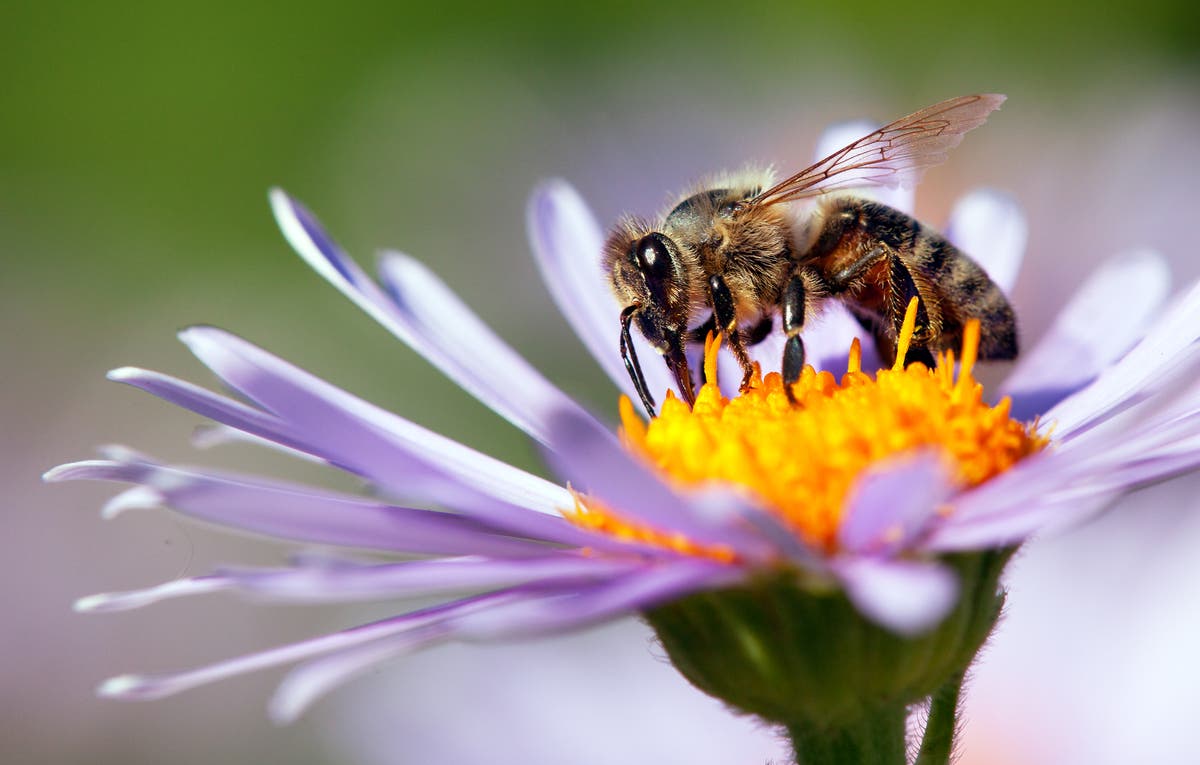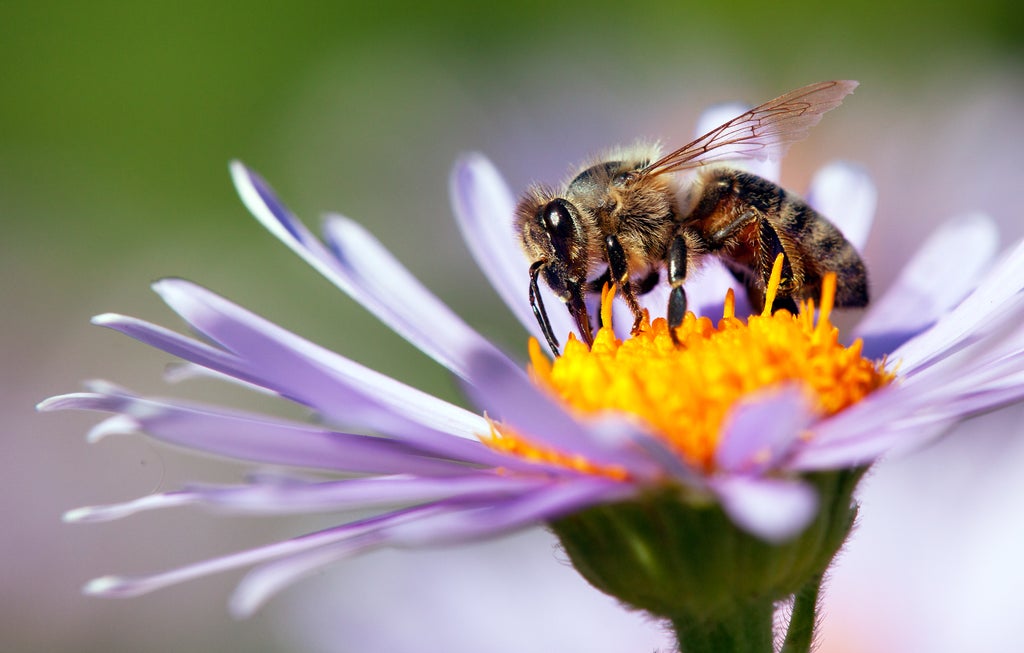Honeybees are the first non-human animals to demonstrate the ability to differentiate between even and odd numbers, a new study reveals.
Scientists, including those from Monash University in Australia, say odd and even categorisation – also called parity classification – had never been shown in non-human animals until now.
A new study, published last week in the journal Frontiers in Ecology, showed that honeybees can learn to do parity tasks which are considered to be abstract, high-level concepts in humans.
Previous studies have already shown that honeybees show a range of numerical abilities, such as simple addition and subtraction, matching symbols with quantities, as well as ordering quantities.
In the new research, scientists segregated honeybees (Appis mellifera) into two groups and showed them cards containing anywhere from one to ten printed shapes.
One of the groups was trained to believe landing on cards containing even-numbered groupings would fetch them a sugar-water reward, and landing on cards with odd numbers got them bitter-tasting quinine. The other group was trained to expect the opposite.
With this approach, researchers trained individual honeybees using comparisons of odd versus even numbers using cards with 1-10 printed shapes until the bees chose the correct answer with about 80 per cent accuracy.
Scientists found that each group learned at a different rate with those trained to link odd numbers with sugar-water learning quicker.
Although the bees were exposed to only numbers from 1 to 10 during their training period, researchers say the insects categorised the new number elements of 11 or 12 as odd or even with an accuracy of about 70 per cent.
“We show that free-flying honeybees can visually acquire the capacity to differentiate between odd and even quantities of 1–10 geometric elements and extrapolate this categorization to the novel numerosities of 11 and 12, revealing that such categorization is accessible to a comparatively simple system,” scientists wrote in the study.
“A large and complex human brain consisting of 86 billion neurons, and a miniature insect brain with about 960,000 neurons, could both categorise numbers by parity,” they wrote in The Conversation.
Scientists then tested using an artificial model if a simple brain could achieve parity tasks.
They constructed a simple artificial neural network with just five neurons and gave it signals from 0 and 40 pulses to classify them as either odd or even.
Researchers found that the neural network could correctly categorise the numbers as odd or even with 100 per cent accuracy, indicating that parity tasks do not require a large and complex brain like that of humans.
However, scientists say further studies are needed to understand how the bees learned to categorise numbers by parity, and if the process was complex, simple, or if a pre-existing cognitive mechanism is helping them during such tasks.
Based on the research, scientists say odd and even processing tasks “potentially have a biological ground in how numbers are processed beyond cultural transmission.”
“The findings should encourage further testing of parity processing in a wider variety of animals to inform on its potential biological roots, evolutionary drivers, and potential technology innovations for concept processing,” they wrote in the study.







More Stories
New vaccine may hold key to preventing Alzheimer’s, scientists say
Just 1% of pathogens released from Earth’s melting ice may wreak havoc
Europe weather: How heatwaves could forever change summer holidays abroad